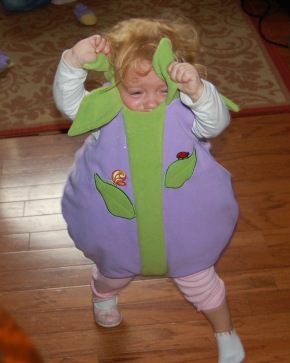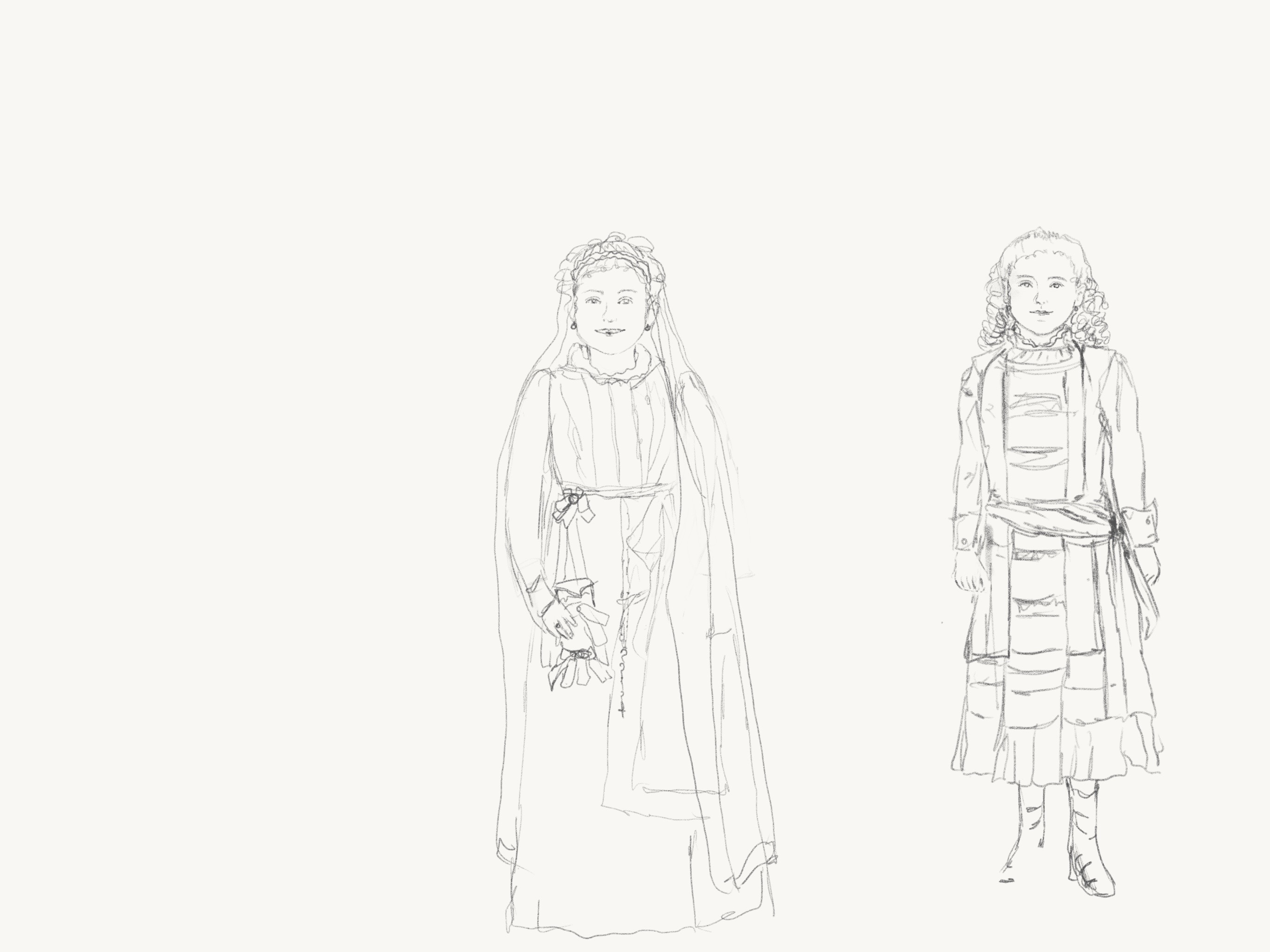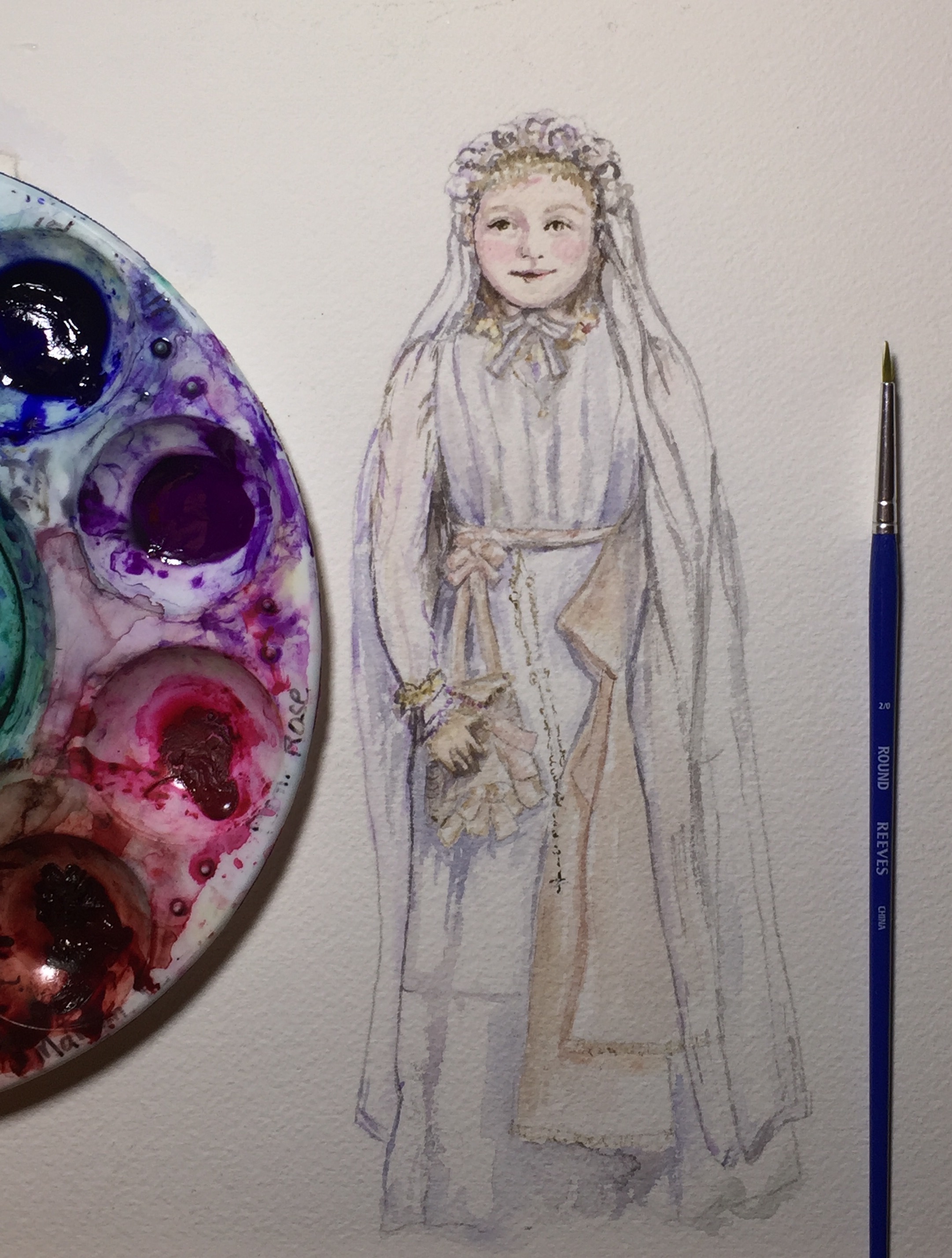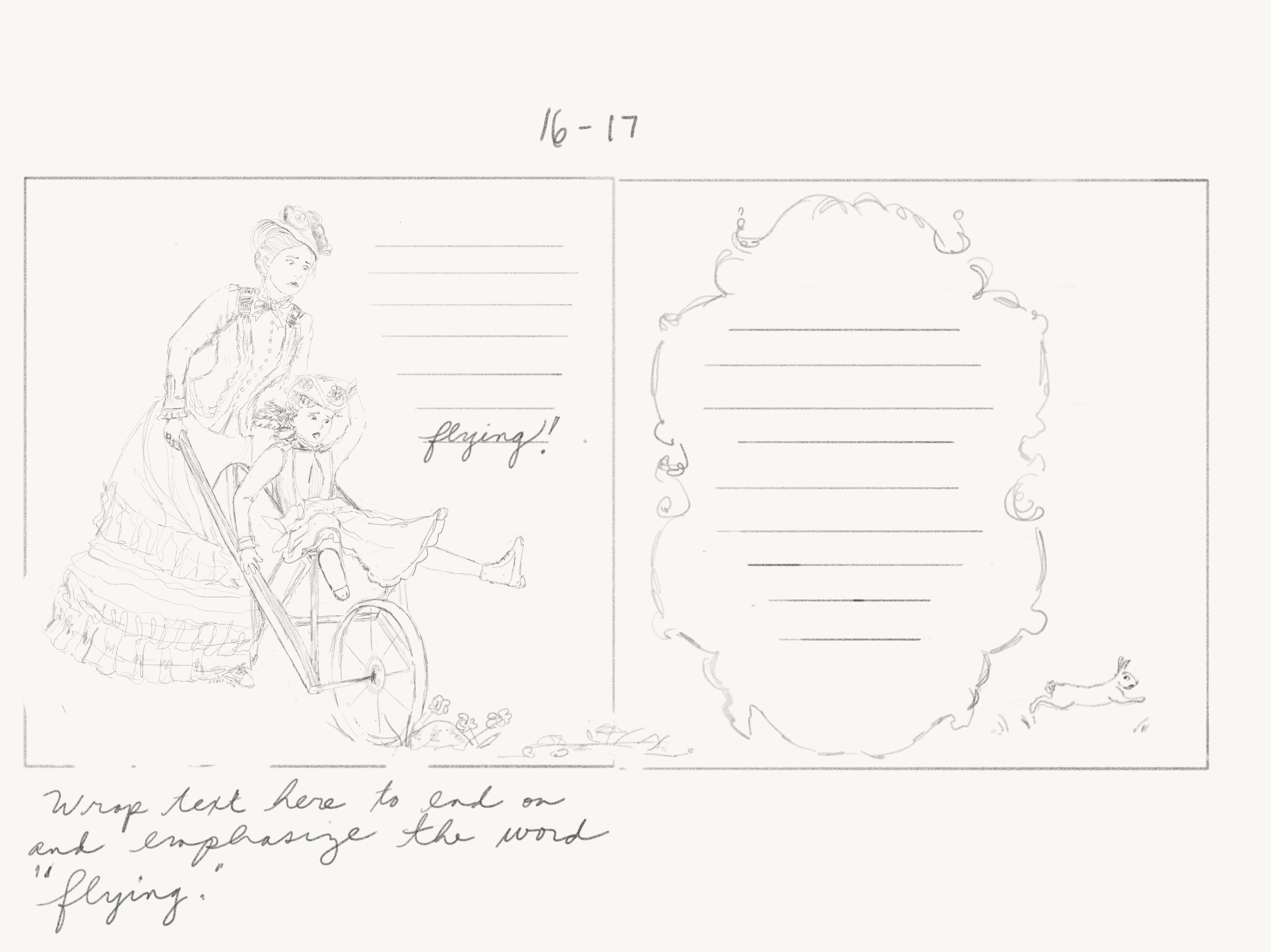“Go big or go home” is an attitude a lot of us grew up with. As a cradle Catholic, I’m sure I knew, deep-down, that Jesus’ teachings didn’t exactly support that message. But the glamor of shiny, bullet-deflecting bracelets and invisible jets tended to tweak my childhood interest a tad more than things like washing my friends’ feet or going last. Such is the concrete mind of a young child. (Although, “concrete” becomes a bit blurred when we get into discussions about talking cars and backpacks. But the psychology of child development is beyond the scope of this post.)
As a Catholic mom, how do I instill in my concrete-thinking, talking-backpack-loving children, a love of quiet heroism? Or, to use a term more specific to the vocabulary of our Christian faith, a love of virtue? Is there a book or something?
Actually, there are 35 in the works.
Cathy Gilmore, aka “Mrs. Virtue Lady,” is masterminding a massive project, and I am honored to be a part of her amazing vision. Her forthcoming children’s picture book series Tiny Virtue Heroes™️ gives parents, grandparents, catechists, and teachers of preschool-aged children the perfect tool to begin fostering a love of all things virtuous.

“Mrs. Virtue Lady” Cathy Gilmore is the mastermind behind the Virtue Heroes universe.
Written to reframe our notions of superheroes, each story unfolds through the eyes of a cute, relatable-to-children animal character who happens to witness a major moment in Christian history. My mom mind is shouting, This is brilliant! Kids love animals! Ranging from mice to tilapia, this wild menagerie of critters was created with kids’ glorious imaginations in mind. Each lovable character plays the role of a sidekick to important folks like Mary and Jesus, heroes that we really want to capture our kids’ attentions. Besides assigning each story a little animal hero, each hero is in turn the icon of a specific virtue. That special virtue power is his or her super power.
A Mouse and a Miracle is the first book in Cathy’s Tiny Virtue Heroes™ series.
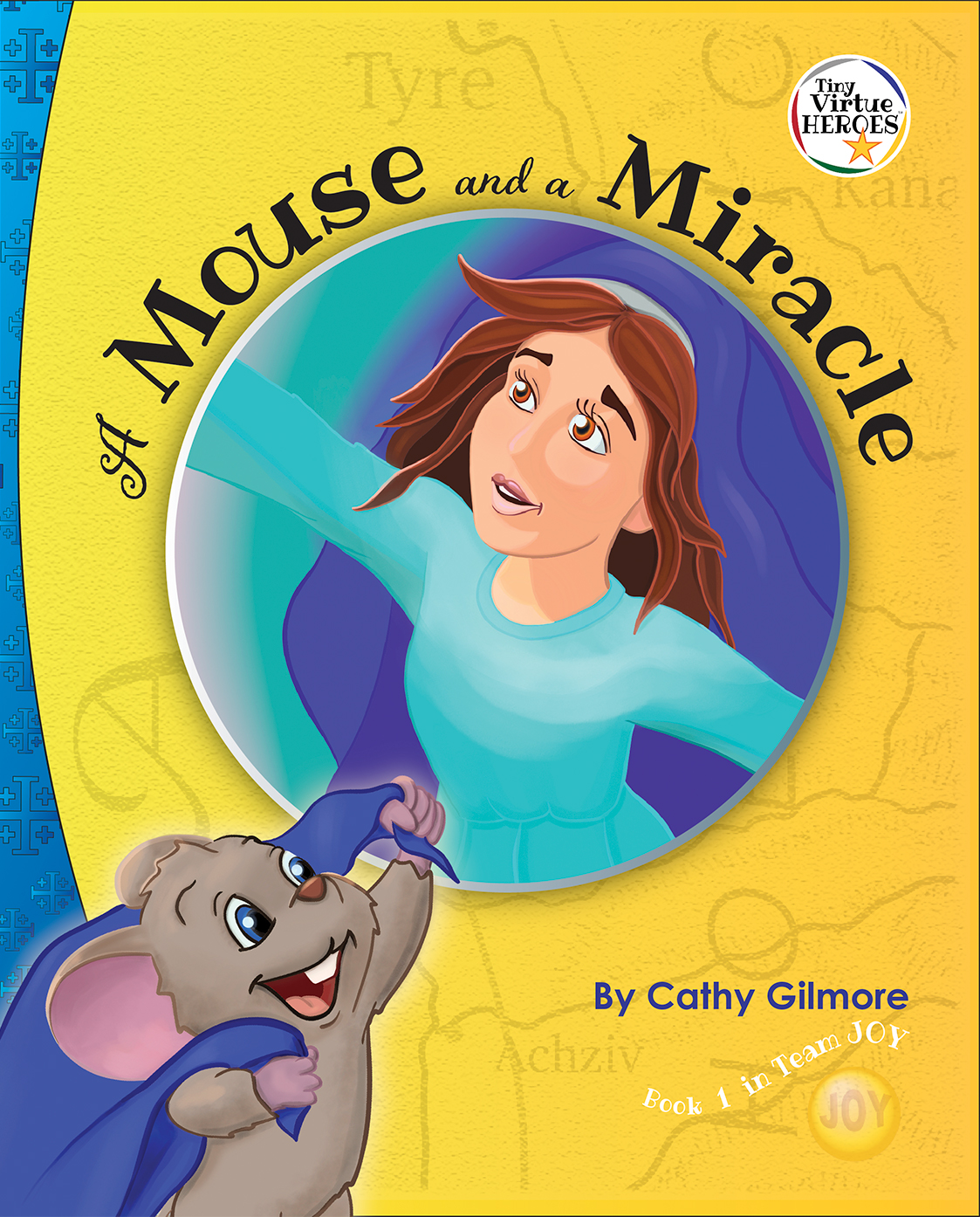
Moshe (“Mo-SHAY”) or “Mo” the Mouse is the first tiny virtue hero we meet. He is the narrator of A Mouse and a Miracle. In this virtue story of humility, Mo invites readers to delight in the humble joy of his hero Mary, from his unique perspective witnessing the Annunciation.
“I want kids to feel Mary’s joy, not just learn about it,” says Gilmore, already an award-winning children’s book author and ministry founder of Virtue Works Media. “Mary’s humility, her smallness, is represented by a tiny mouse. I want children to picture Mo and associate his story with the virtue of humility.” Ultimately, children will “collect” and learn about 35 virtues by associating each one of them with its corresponding animal icon and a story about a biblical character or a saint. Besides amassing an impressive library of virtue stories, kids will be able to enjoy the brand’s virtue-building toys, games, and even pillow cases that double as superhero capes to build their own virtue heroes universe. Move over, Marvel!
I am completely enamored with Cathy’s VERY big plans, and I pray the Holy Spirit continues to guide my (digital) pencil as I endeavor to decorate her virtuous text with my humble illustrations. Having experienced the charge to tastefully represent the saints, I was not completely surprised by the God-fear/awe/I’m-not-worthy feeling that froze my fingers upon my first attempt at sketching the mother of God. But creating art is a holy experience for me. I am drawn into a deeper relationship with Mary. Even as I pray my Rosary, I now picture the Annunciation in our virtue heroes palette of colors!
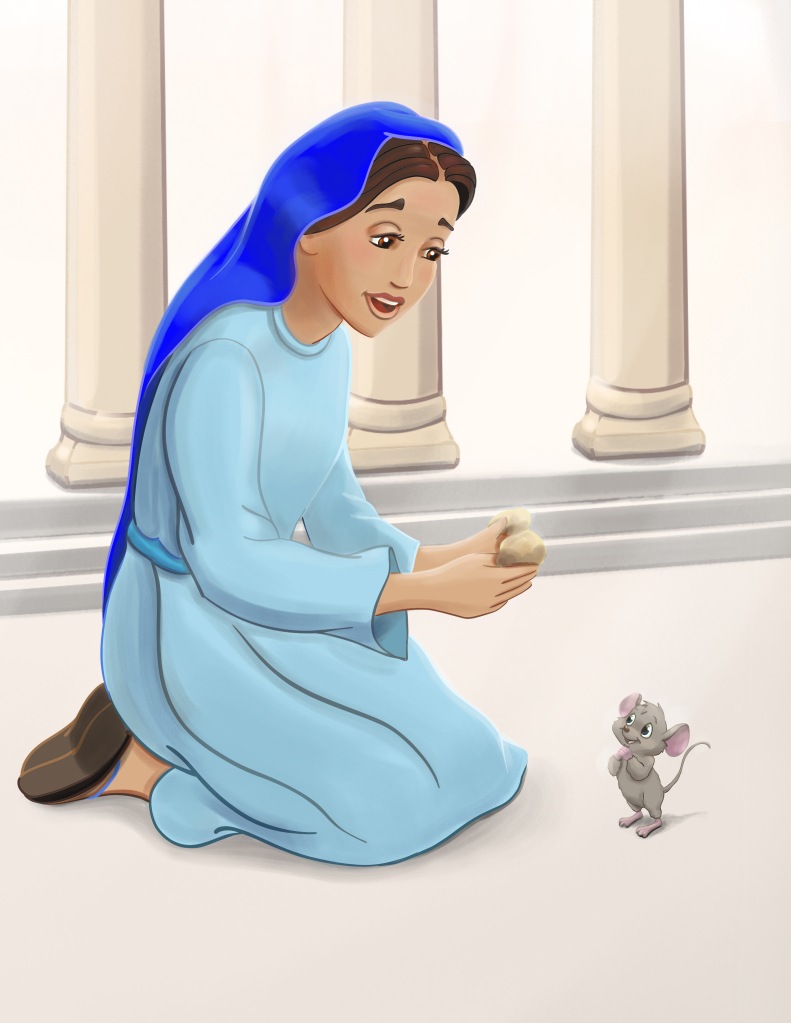
Gilmore’s tagline “Virtue is REAL super power!” is the theme of A Mouse and a Miracle and all the Tiny Virtue Heroes™️ books. “The holiness of heroic virtue now exists in a modern, imaginative context,” says the St. Louis based ministry founder. To learn more about Cathy Gilmore and her Tiny Virtue Heroes™️ check out her IG feed, Twitter, and Facebook.
A Mouse and a Miracle (Perpetual Light Publishing) makes its heroic appearance at bookstores, both virtual and live, in July 2020.

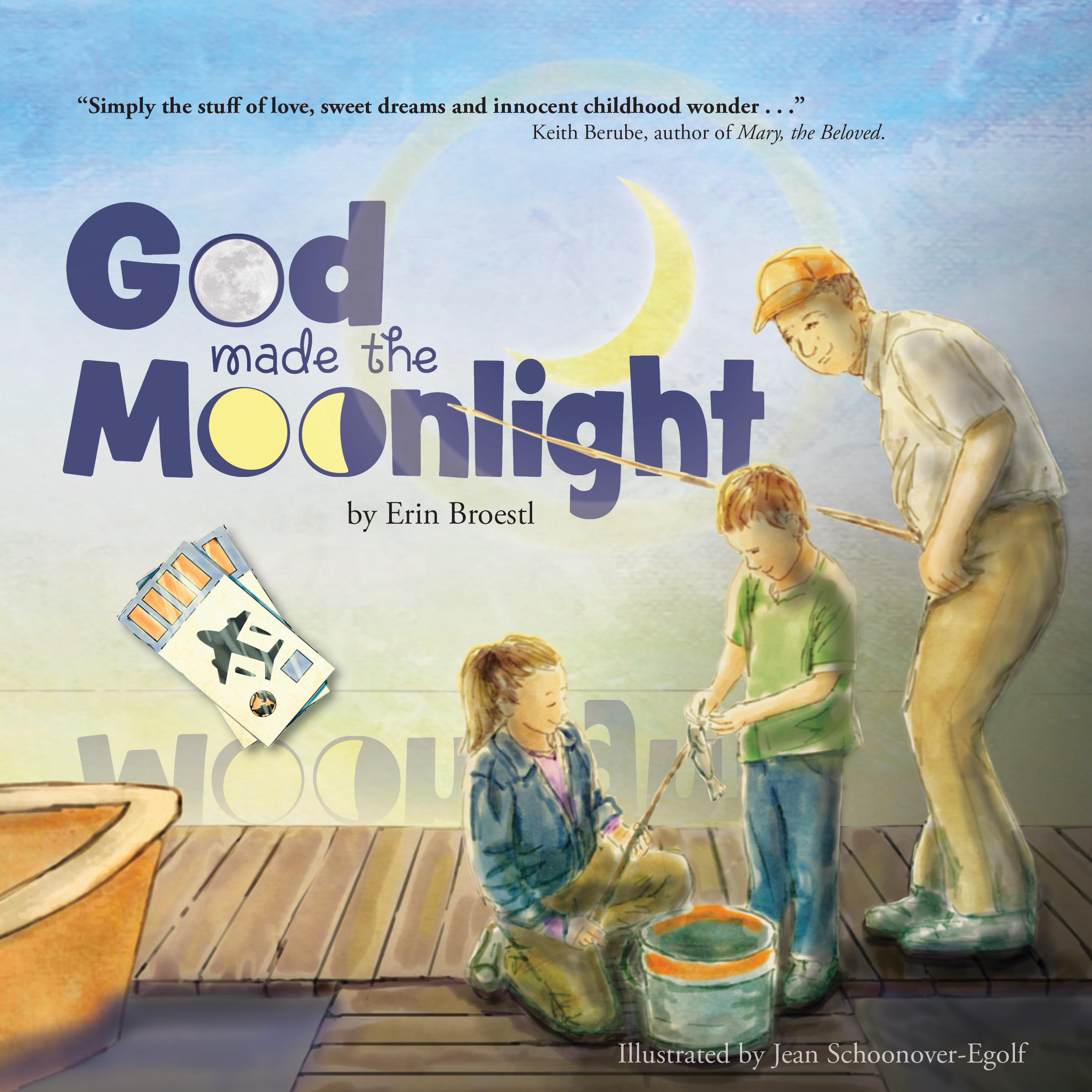
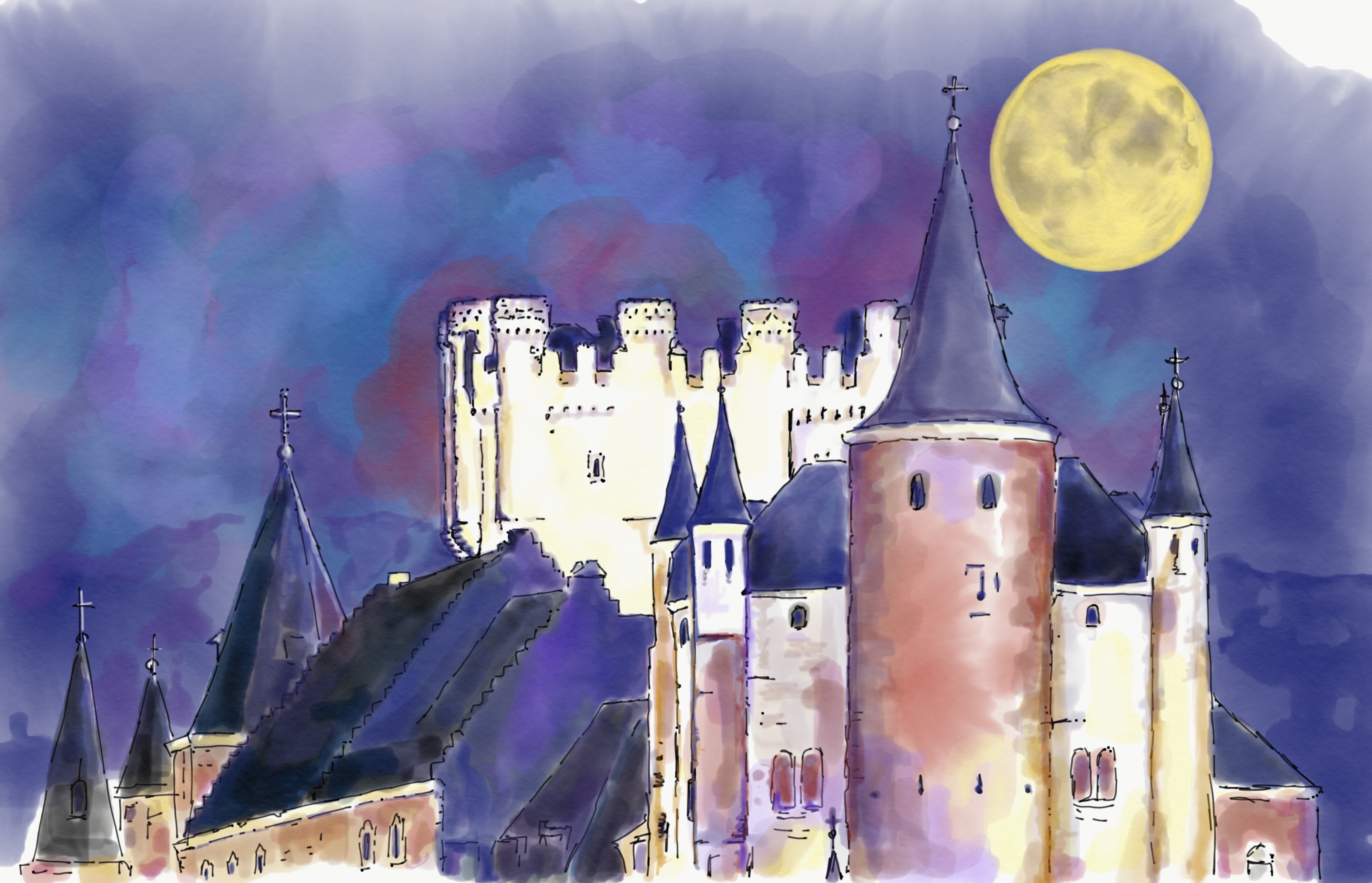
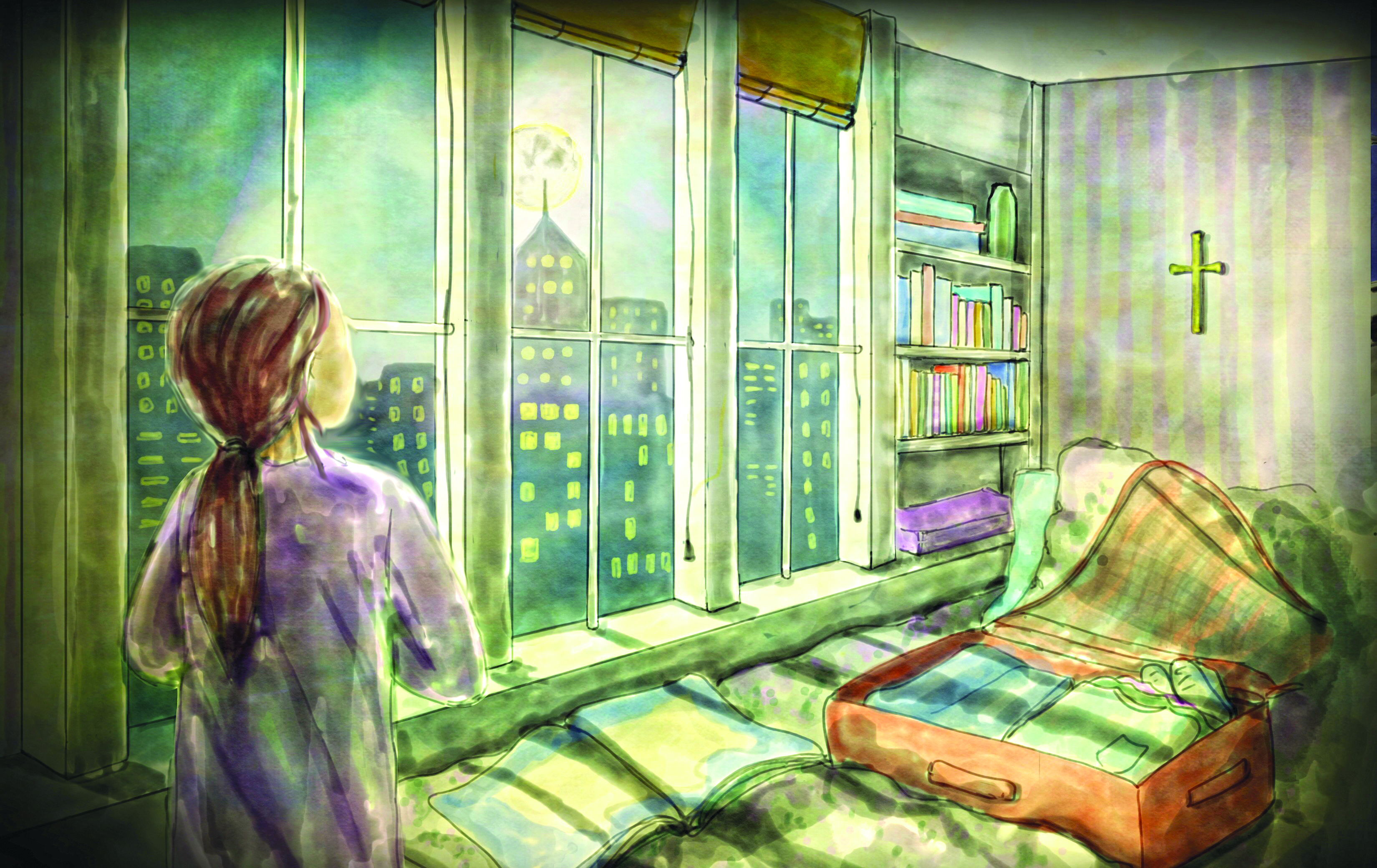
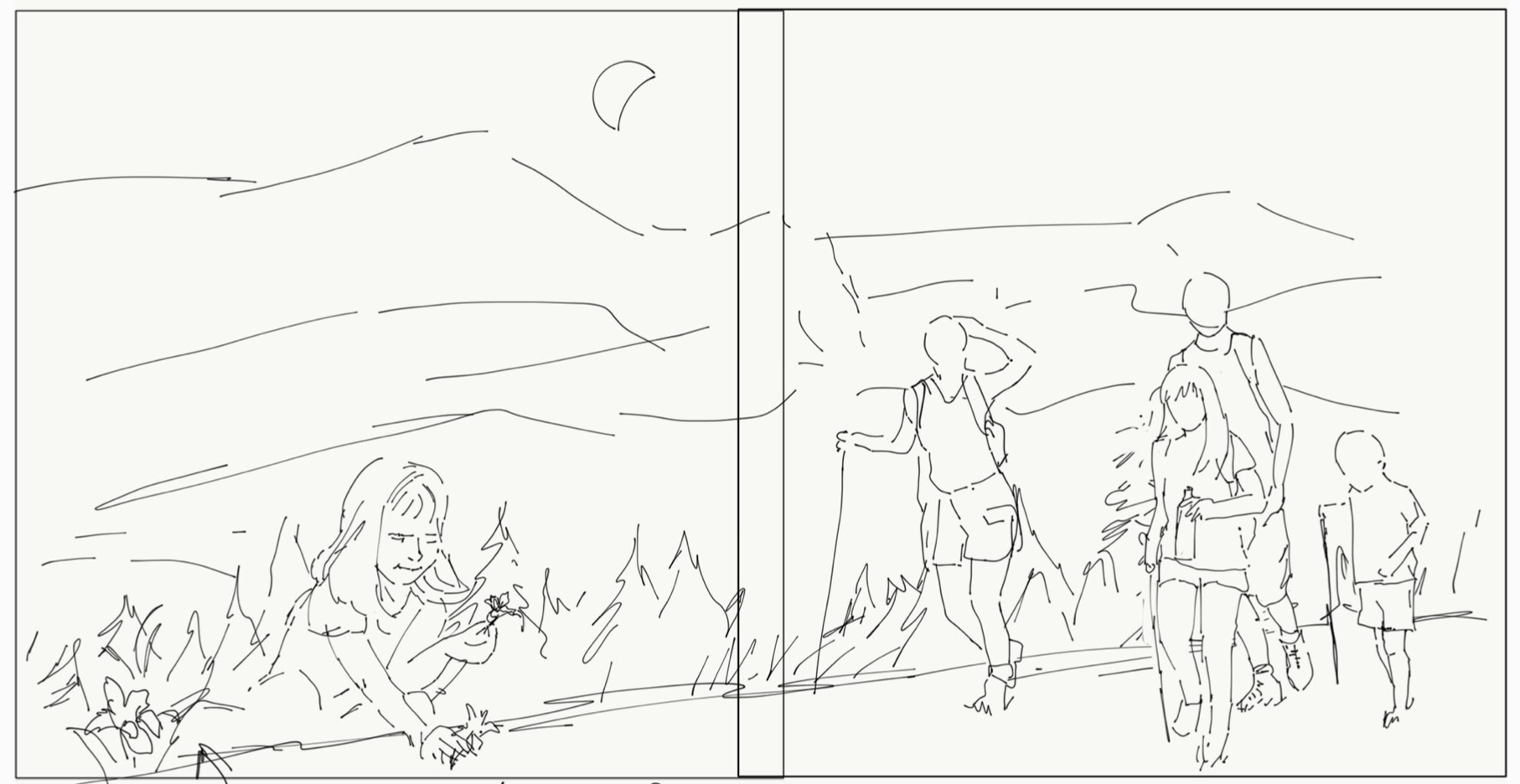
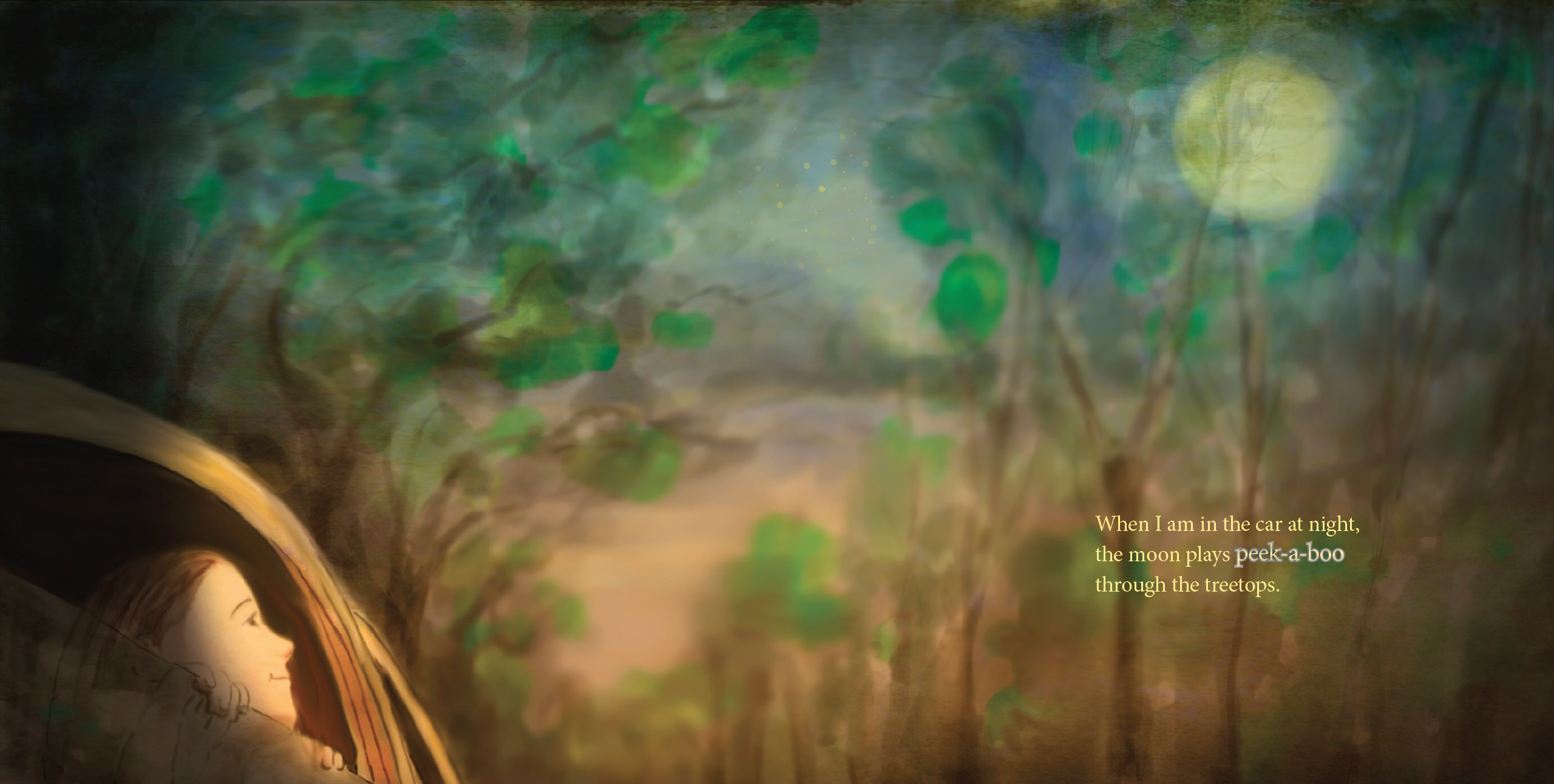
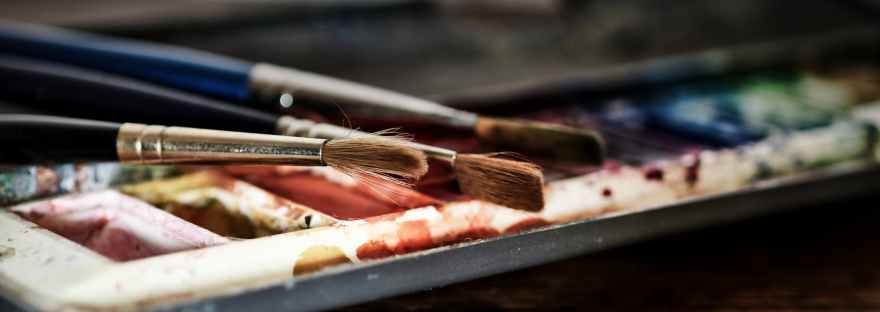
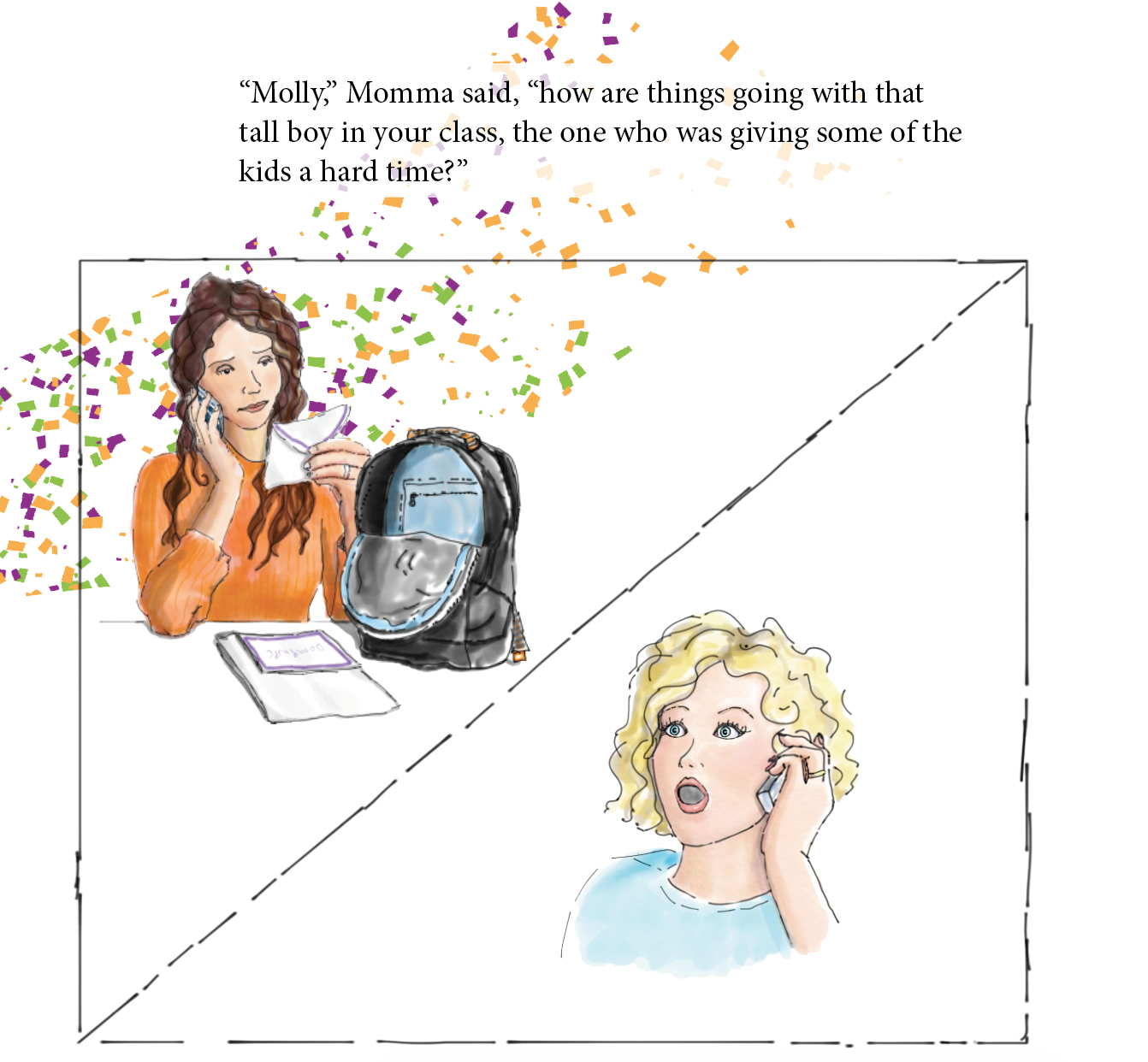
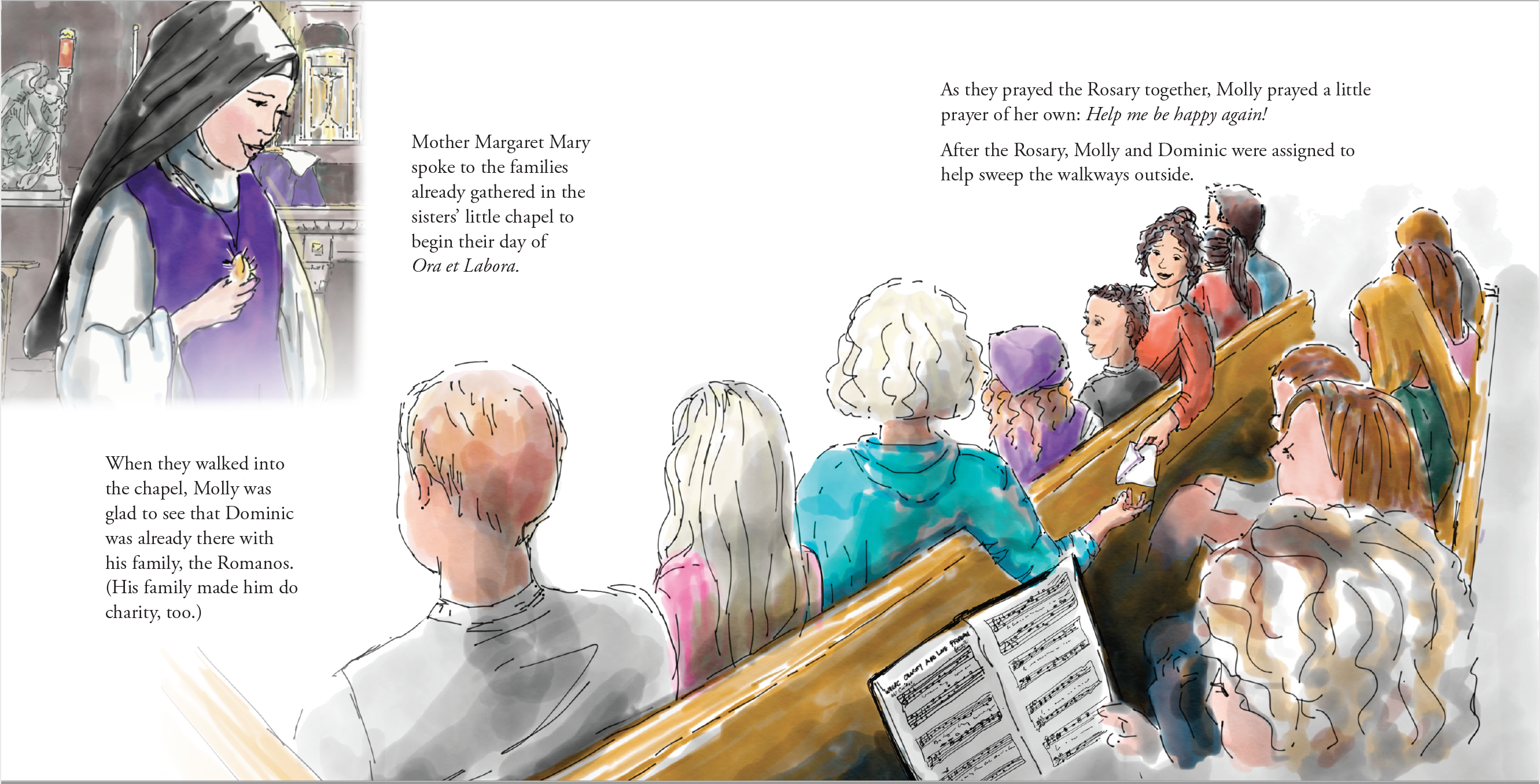



 via
via 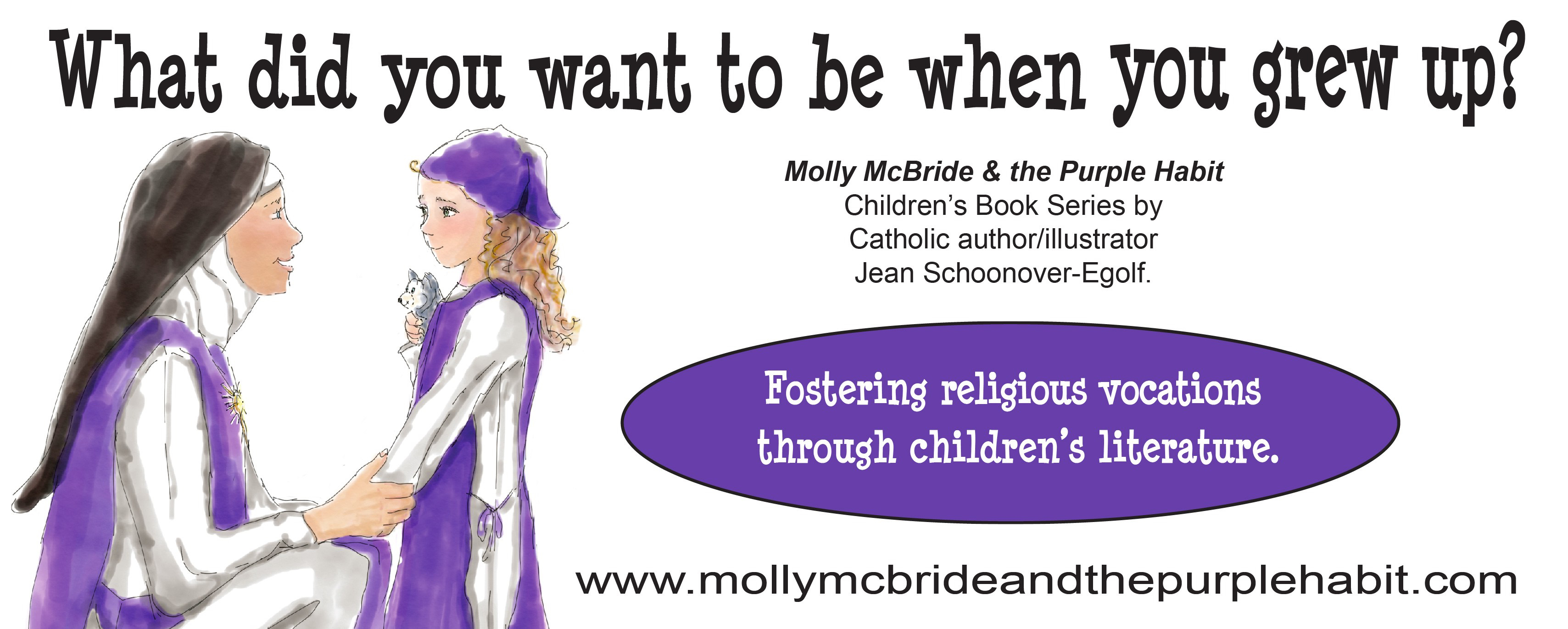
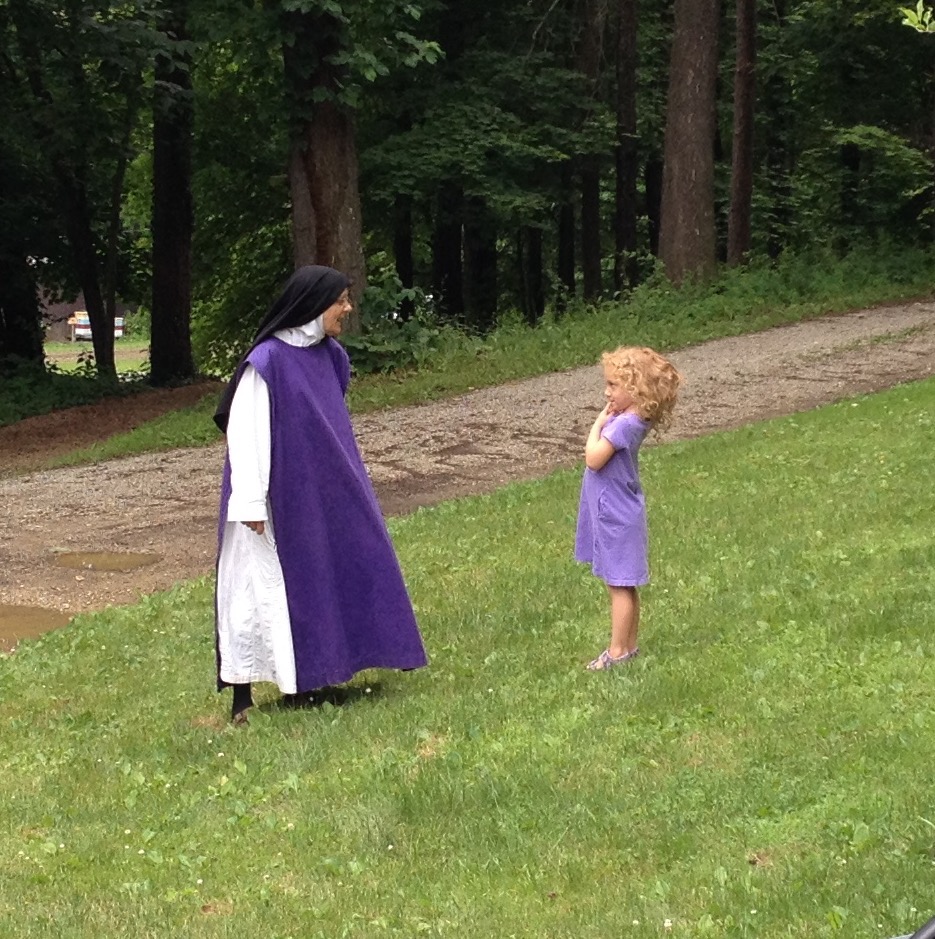


 Will the cartoon will be picked up by
Will the cartoon will be picked up by 





